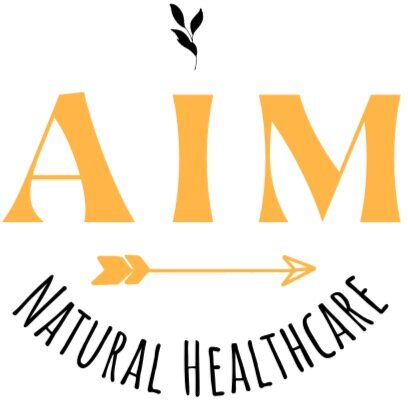The Fibre Crisis: Why We’re Not Getting Enough and How to Fix It
Lately, I’ve been thinking a lot about one of the most overlooked yet essential nutrients in our diets: fibre. It’s a bit of a mystery to many of us, but the truth is, most Australians just aren’t getting enough of it. And here’s why that should be a concern.
Let me start with a couple of shocking stats:
Only 3.2% of 18-24 year olds in Australia eat the recommended serve of vegetables every day.
And just 5.1% of Australian adults manage to hit the recommended daily intake of fruit and vegetables.
Now, you might be wondering: What’s the big deal? Well, the thing is, fibre plays a huge role in keeping our bodies functioning properly, and the modern Australian diet is woefully lacking in it.
What Exactly is Fibre?
Simply put, fibre is the indigestible part of plant foods that our bodies can’t absorb in the small intestine. Instead, it moves through our digestive system and feeds the good bacteria in our large intestine. These bacteria, in turn, produce metabolites (aka beneficial chemicals) that help improve our health.
But that’s not all! Getting enough fibre is linked to a number of health benefits, from gut health to disease prevention. Research has shown that adequate fibre intake can help:
Improve digestion and keep you regular (no more constipation!).
Reduce the risk of chronic diseases, such as heart disease, certain cancers, and diabetes.
Lower blood cholesterol and help stabilize blood glucose levels.
Increase satiety, which means feeling fuller for longer (a win for anyone trying to manage their weight!).
Soluble vs. Insoluble Fibre: What’s the Difference?
Fibre isn’t just one thing—it comes in two main types, each with its own unique benefits:
Soluble Fibre: This type helps to slow down digestion, which keeps you feeling fuller longer. It also helps lower cholesterol and stabilize blood sugar levels. You’ll find soluble fibre in foods like fruits, vegetables, oats, and legumes.
Insoluble Fibre: This fibre type absorbs water as it moves through your digestive system, softening your stools and helping to prevent constipation. It also supports a healthy gut microbiome. Insoluble fibre can be found in foods like nuts, seeds, and the skin of fruits and vegetables.
How Much Fibre Should You Be Eating?
Now that we know why fibre is so important, the question becomes: How much do you actually need?
Here’s the Australian guidelines for adults (18+ years):
Males: 30g of fibre per day
Females: 25g of fibre per day
Sounds doable, right? Well, when you look at how much fibre is in typical foods, it’s clear that we’re falling short.
For example:
100g of raw beetroot = 3.5g of fibre
100g of cucumber (unpeeled) = 1.4g of fibre
100g of raw carrot = 3.4g of fibre
So, to hit the recommended amount, you’d need to include a variety of fibre-rich foods throughout your day.
How to Get More Fibre in Your Diet
If you’re looking to increase your fibre intake, don’t worry—it doesn’t have to be complicated! Here are five simple tips to help you get more veggies into your meals:
Blend a batch of vegetables into your mince: This is an easy way to boost the fibre content of your meals without even noticing. Think carrots, zucchini, or mushrooms!
Use veggies to make savoury pancakes: Instead of plain pancakes, why not try adding some grated zucchini or sweet potato into the mix?
Make veggies the base of your meal: Try swapping regular pasta for zucchini noodles or cauliflower rice for a low-carb, fibre-packed alternative.
Throw them into a smoothie: Leafy greens like spinach, cucumber, and avocado blend easily into smoothies for a fibre boost that you won’t even taste.
Set a goal to eat two cups of vegetables at each meal: It’s a simple goal that’s achievable and will make a big difference to your fibre intake.
Final Thoughts
If you're feeling a little overwhelmed or just need some guidance on getting more fibre into your diet, don’t hesitate to reach out! Whether you’re struggling with gut health, digestive issues, or just want to make sure you’re getting enough of the good stuff, I’m always here to help.
I’d love to chat with you—simply book a complimentary health appraisal!
In health and happiness,
Amy x

